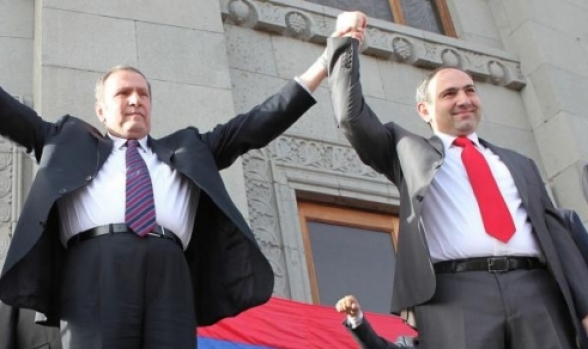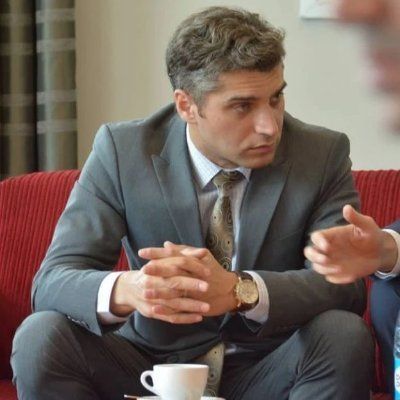Church turns to political battleground for opposition in Armenia’s power struggle [ANALYSIS]
![Church turns to political battleground for opposition in Armenia’s power struggle [ANALYSIS]](https://www.azernews.az/media/2025/06/09/add_a_subheading_3.png)
Amid mounting public dissatisfaction, Armenia is witnessing an escalation in its internal political tensions. While not always overt, certain opposition factions have intensified their criticism of Prime Minister Nikol Pashinyan by aligning themselves, symbolically or otherwise, with the Armenian Apostolic Church and its clergy, whose social and moral authority continues to hold sway in segments of society.
The friction between the government and religious establishment came into sharper focus recently when Prime Minister Pashinyan publicly criticized Church leaders for allegedly neglecting their duties and allowing ecclesiastical institutions to fall into disrepair. The post, which reportedly included thinly veiled insults directed at Catholicos of All Armenians Karekin II, sparked widespread backlash and further polarized the already fraught political climate.
This episode has drawn the attention of the opposition, which sees the rift as a strategic opportunity to consolidate anti-government sentiment. The growing proximity between opposition circles and the Church is increasingly being perceived as a calculated alliance aimed at weakening Pashinyan’s standing. Yet, the Prime Minister has reacted with visible frustration, displaying little tolerance for attacks, regardless of their source.
Tensions were reignited just days ago when Armenia’s first President, Levon Ter-Petrosyan, once an admired figure in Pashinyan’s early political journey, criticized the current government following a meeting with Catholicos Karekin II. The response from Pashinyan was swift and scathing: in a social media post, he branded Ter-Petrosyan as the “founder of election fraud in Armenia” and accused him of backing a "falsifier who hates the people—just like himself."
The irony is not lost on observers. In 2008, Pashinyan was not only a vocal supporter of Ter-Petrosyan’s Armenian National Congress but also played a leading role in the mass protests that followed the disputed presidential election. According to various reports, Pashinyan was among the key figures in the demonstrations that were violently dispersed on March 1, resulting in ten deaths. He later went into hiding, was arrested, and ultimately served prison time for organizing mass unrest in defense of the very opposition he now condemns.

After being elected to Parliament in 2012 under Ter-Petrosyan’s bloc, Pashinyan eventually severed ties, accusing his former mentor of collusion with ex-President Serzh Sargsyan's Republican Party. In subsequent interviews, he has portrayed Ter-Petrosyan as a traitor with a duplicitous political agenda - an assertion that speaks volumes about the ideological and personal rifts that have widened since Armenia’s 2018 Velvet Revolution.
Today, Pashinyan finds himself at the center of a multifront confrontation, with the opposition targeting his legitimacy and the Church serving—willingly or not—as a symbolic conduit for dissent. While the Prime Minister’s administration does not appear to be in direct conflict with the Church on policy grounds, the opposition has weaponized religious sentiment as part of a broader effort to revive discredited narratives and rally public discontent.
The evolving dynamics reveal not just a political crisis, but a deeper struggle over historical memory, institutional legitimacy, and the unfinished business of Armenia’s democratic transition.
Here we are to serve you with news right now. It does not cost much, but worth your attention.
Choose to support open, independent, quality journalism and subscribe on a monthly basis.
By subscribing to our online newspaper, you can have full digital access to all news, analysis, and much more.
You can also follow AzerNEWS on Twitter @AzerNewsAz or Facebook @AzerNewsNewspaper
Thank you!

